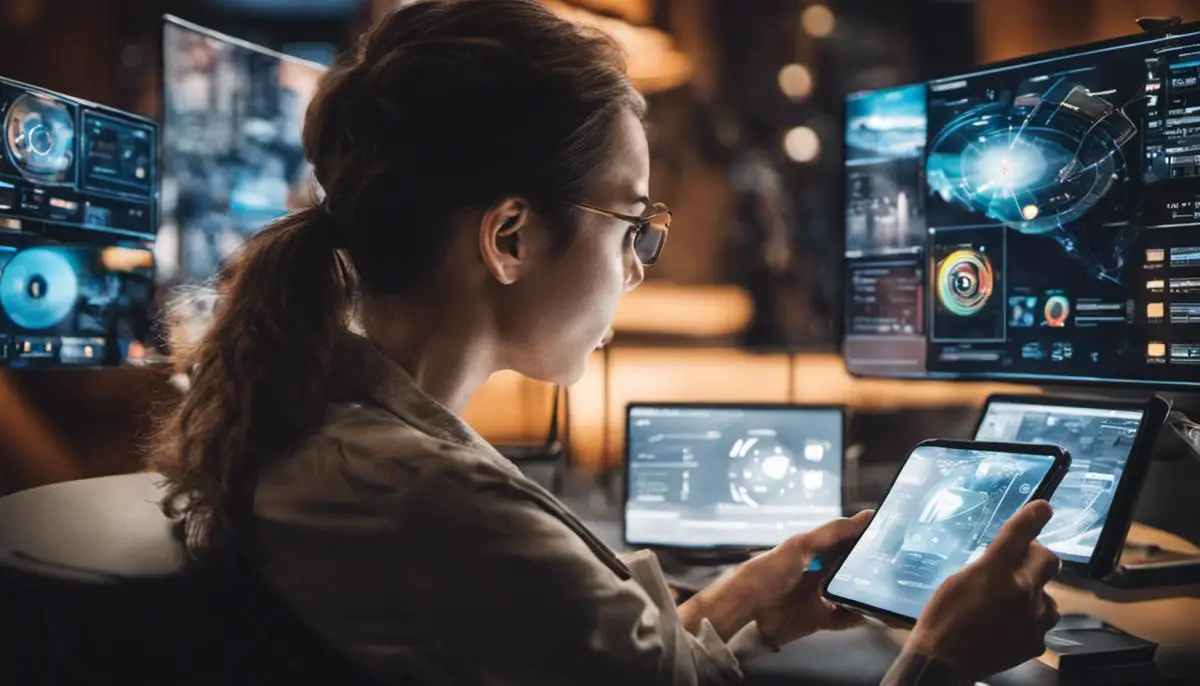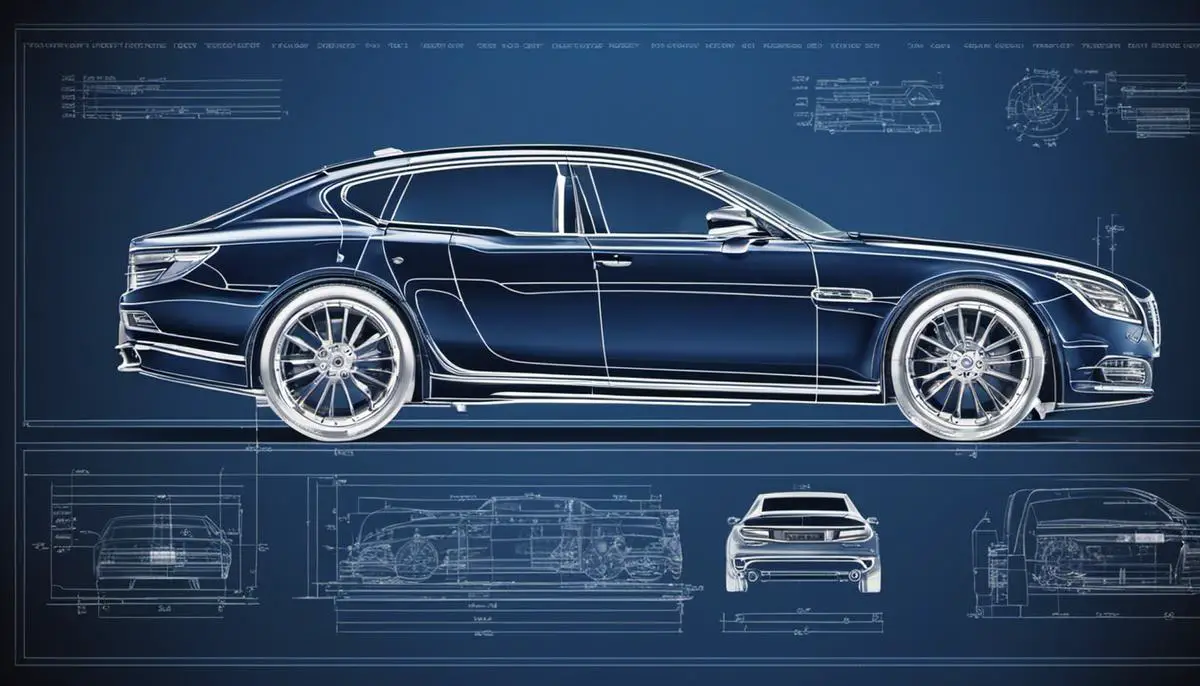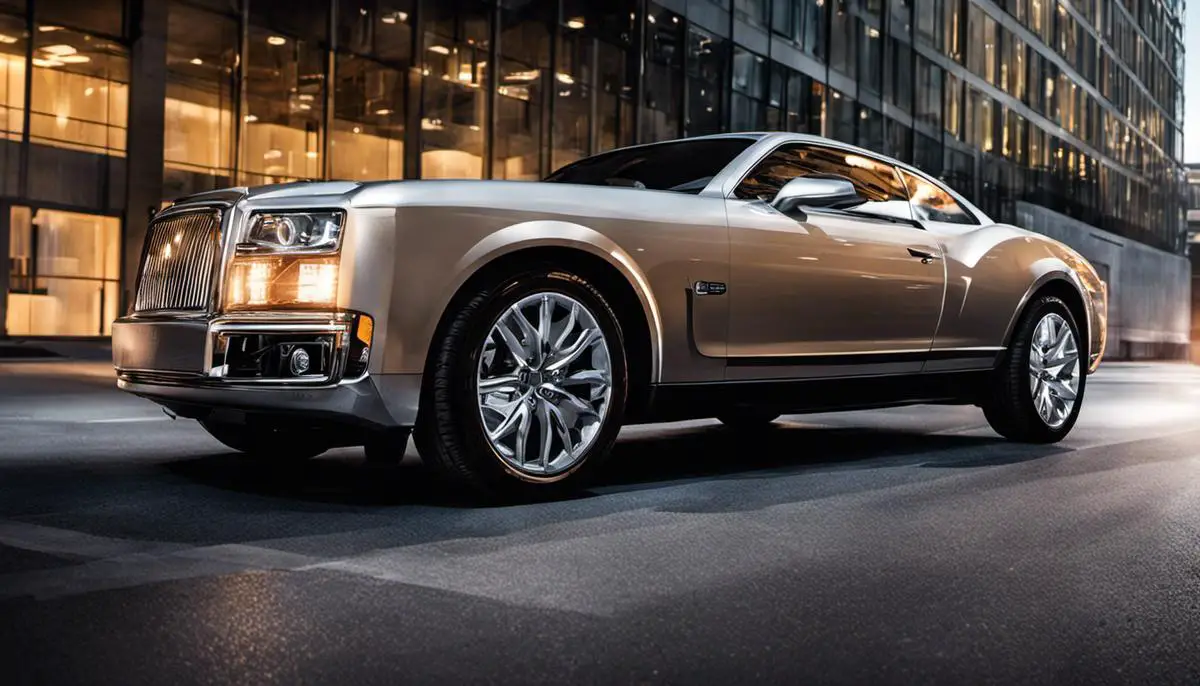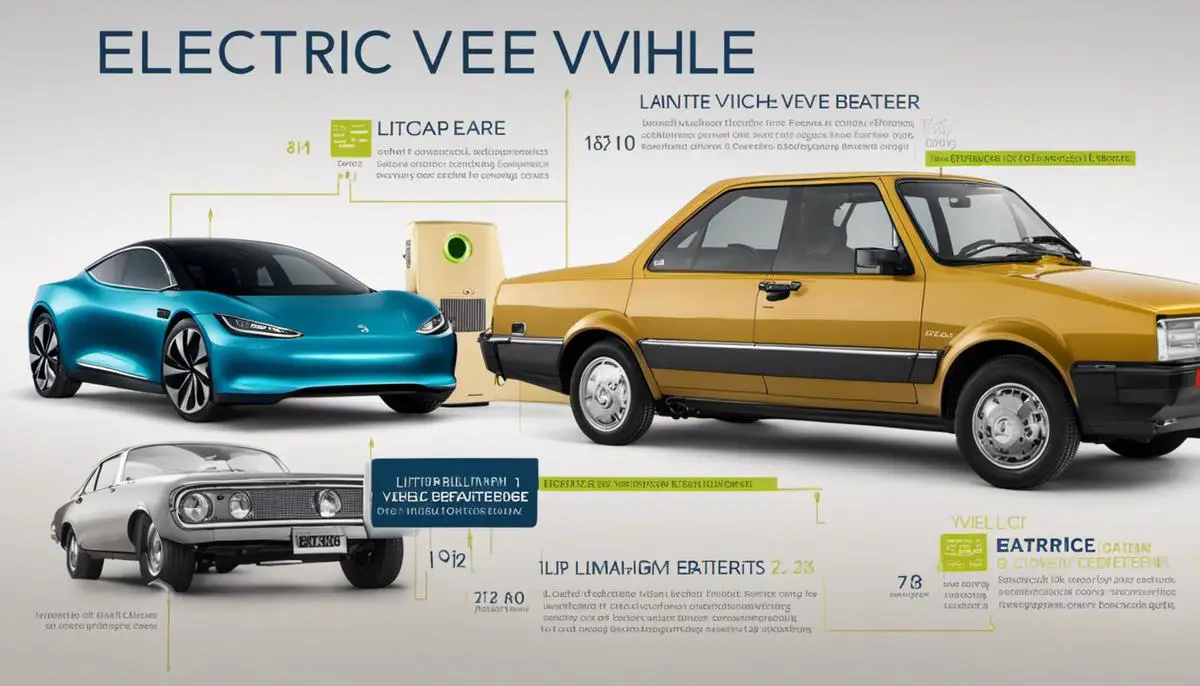In the fast-paced, technologically driven world of today, infotainment systems have become an integral component of our daily transportation experience, whether in personal vehicles or public transit systems. The pivotal role of these systems fosters an ongoing dialogue about the ways in which their effectiveness and usability can be improved – a conversation where the screen size has a starring role. The following discourse delves into intricacies of this relationship, exploring how the size of the touchscreen might impact user interaction, design principles, safety, and the future prospects of infotainment systems.
Contents
User Interaction and Screen Size
The Impact of Screen Size on User Interactions in Infotainment Systems
Breaking boundaries and pushing the edges of innovation, technology continually presents us with new opportunities to improve our lives. Among such advancements, infotainment systems extensively pervade our social and personal spaces, altering the way we engage with digital interfaces. Unquestionably, the screen size of these infotainment systems influences usability and necessitates exploration.
Venturing into the realm of infotainment systems, one soon perceives a positive correlation between screen size and usability reflected in numerous aspects. Larger screens, particularly in vehicle infotainment systems, enhance user experience significantly by offering improved visibility and facilitating navigability.
Optimal screen size translates to clearer information displays, ensuring easy access to important functions such as navigation, multimedia, and communication. Essential details appear in larger fonts and icons, reducing the strain on the user’s eyes. Consequently, users invest less time squinting and scanning, rendering the interaction process smoother and more efficient.
Correspondingly, large screen sizes prove extremely beneficial when displaying complex data, like maps, images, and charts. Estimating routes on GPS, exploring music libraries, or assessing diagrams becomes substantially easier with wider visuals. A bigger screen profoundly enhances the perception of intricate elements, thereby facilitating a more practical and immersive user experience.
Moreover, it’s worth acknowledging that larger screens allow a more generous touchscreen real estate. The technology world continually moves towards a more tactile interface experience, driven by tangible responses and haptic feedback. Consequently, a larger screen reduces the likelihood of accidental activations, eases tasks performed on screen, and fosters a more seamless user interaction.
However, while large screens hold many advantages, it is pivotal not to ignore the drawbacks. Implementing them requires cautious execution. After all, saturation could provoke an information overload, causing distractions that could diminish the overall user experience. Furthermore, a large screen might not necessarily translate into functional accessibility if not paired with logical and user-friendly design.
To cap it all, the screen size plays a fundamental role in how users interact with infotainment systems. Bigger displays typically offer greater ease of use, heightened visibility, and pristine output. However, it’s pivotal to balance screen size with optimal design for maximized utility. As technology continually evolves, this interplay will assuredly grow in significance, edging forward on a path of constant refinements and advancements.

Design and Formatting Principles of Larger Screens
The second half of this topic review brings into focus two more vital aspects that influence the design and formatting principles specific to larger screen infotainment systems. These include the facilitation of multitasking and the heightened consideration of aesthetic details.
As screen size expands, so does the opportunity for multitasking features in infotainment systems. Large screens allow a layered and interactive display of diverse data types. Say, a driver can simultaneously track GPS navigation, monitor the vehicle status, control their multimedia entertainment, and maintain communication through Bluetooth or other means – all without swapping through multiple screens.
Designers should be vigilant to ensure these diversified functionalities are easy to navigate. Multitasking options need clear partitioning, logical grouping, and proximal allocation so that related tasks are easily accessible within a glance. The use of consistent color codes and icons help with quick recognition and action. Ensuring these visual separators are bold and noticeable ensures that the attention gets shared appropriately between all information available. Screen elements should be flexible and reconfigurable per user needs, emphasizing on customization for personal ease.
Now, the expansive canvas that larger screens provide necessitate a considerable focus on aesthetics. Good aesthetics isn’t just about making the screen more attractive, it’s about cognitive load management. Larger screens have increased resolution capacity which design teams can leverage to provide sophisticated graphics and a superior visual experience.
However, the incorporation of more exciting graphic elements shouldn’t compromise legibility and clarity. The color palette should be soothing, with adequate contrast to make text legible even under different lighting conditions. The font size and style should ensure that data is readily readable. Too many bells and whistles can distract the user, nullifying the benefits of size. The goal should be a blend of minimalism and functionality where beauty meets utility.
In the hands of the right design team, large-screen infotainment systems present an opportunity to enhance user experience significantly. It’s essentially creating a digital ecosystem within the vehicle—an ecosystem, where the driver and passengers can control most of their car’s unique features while having fun, staying informed, and remaining safe on the road.
In the end, the design, implementation, and formatting of such a system is an art – it’s the art of making technology more accessible, more comfortable, and more enjoyable to use. Just like every art form, it requires a delicate balance – that sweet spot where size complements function, aesthetics bolster usability, and technology simplifies life.

Effects on Attention and Safety
Analyses of larger screens in infotainment systems invariably also encompass the vital aspect of how attention and safety are impacted. For, it’s crucial that while technology seeks to enrich the user experience, it must tangibly contribute to overall safety.
When examining recent research around distraction, it underscores that a driver’s eyes off the road even for a couple of seconds can multiply crash risk exponentially. Hence, while larger screens are visibly attractive and convey complex information effortlessly, the crucial variable of distraction remains in play.
Intuitively it seems larger screens would enable swifter absorption of displayed information, reducing the need for prolonged screen peering. Yet, studies suggest that screen size may not proportionately translate to attention diversion, highlighting that larger screens can paradoxically enhance driver focus.
Decoding this apparent paradox, when an infotainment system’s visual display integrates seamlessly in a driver’s field of vision and the user interface is intuitive, cognitive workload reduces, enabling the driver to spend more time monitoring the road. Thus, screen content, positioning, structure, and intelligibility could potentially surpass the significance of the sheer screen size.
On the flip side, more screen space may encourage adding numerous features, widgets, and apps which could present an overload of information, stirring cognitive distraction. Therefore, digital dashboard design must prioritize function ahead of form, nixing clutter and superfluous details, and emphasizing contextual information presentation.
Interactive voice response (IVR) systems can be brilliant allies to tackle distraction. By offloading certain tasks to IVR, larger screens can be utilized more effectively. For instance, executing tasks vocally, like adjusting car temperature, instead of hunting for the control on the screen, minimize cognitive and visual distraction.
Another instrumental feature, active safety technology, can accentuate the safety aspect. Incorporating alerts for lane departure or collision warnings transform the infotainment system into a nucleus of security-focused features, adding layers of safety that operate concurrently with entertainment or navigational options.
Consideration for all passengers is also pivotal. Backseat passengers, often neglected in infotainment system plans, can derive immense value from large screens. Incorporating multimedia streaming, control over car environment, or even subtly alerting a distracted driver, render larger infotainment screens vital for all-inclusive passenger satisfaction and security.
To sum it up, the effects of larger infotainment screens on attention and safety are manifold and complex. A careful blend of intuitive design, meticulous interface planning, ancillary technology, and occupant engagement can make them pivotal for enhancing driving pleasure and safety alike. Admittedly, such innovations are more than just aesthetic enhancements or status symbols – they are cardinal to advancing the automotive user experience towards extraordinary payoffs in safety, control, and comfort.

The Future of Infotainment Screens
The Future of Infotainment Screens and The Role of Screen Size
As we leap forward into the future of infotainment screens, it becomes increasingly evident that screen size is a determining factor in their progression. Spearheading this evolution are two defining frontrunners – Augmented Reality (AR) and Artificial Intelligence (AI).
AR is poised to revolutionize screen displays, making it vital to consider the implications of larger screens. AR features exemplify the interplay of technology and reality by overlaying data onto the actual surroundings of the driver. Larger screens, hence, provide the canvas necessary for a more immersive AR experience while driving, enhancing the utility of navigation, location tracking, and speed indicators. However, key to this progression is striking a balance between the AR projections and physical view to avoid a cluttered or overwhelming visual experience.
AI, with its continuously evolving advancements, also evidently affects infotainment screen utility. AI integrated into large-screen infotainment systems can observe, learn, and adapt to driver preferences, ultimately refining user experience. Larger screens accommodate AI-driven predictive analytics and real-time updates, allowing drivers to make informed decisions on the go.
Simultaneously, the advent of autonomous driving must be considered. As vehicles evolve into being autonomous, the role of infotainment screens will likely shift from supporting driving to becoming a hub for entertainment, work, and communication during the commute. Larger screens will be well-suited to serve this broader utility.
However, the proliferation of larger screens hinges on the advances in screen technology. Flexible and foldable screens, gaining traction in the tech world, present an exciting opportunity for the integration of larger screens in vehicles without continually increasing physical size. Also, transparent screens, currently a realm of speculation but having immense potential, could merge AR elements directly onto the windshield.
Additionally, interactivity plays a definitive role in the future of screen size. Larger screens enable the structure and layout to accommodate more innovative interactive features. Gestures, touchpoints, and haptic feedback emerge as possible new methods of interaction, presenting an opportunity for more immersive and intuitive user experiences.
Lastly, one must not overlook the democratic use of infotainment screens. As cars become more connected, and with the advent of car-sharing, larger screens will need to cater to multiple user profiles, retaining adaptability and personalization features in sync.
In conclusion, the future of infotainment screens and the role of screen size within that future are intertwined with the advancement of technology and the evolution of vehicles themselves. Whether it’s AI, AR, screen technology advancements, or the need for heightened interactivity and customization, screen size will continue to play a critical role in defining the trajectory of infotainment systems. The endgame lies in ensuring efficiency, safety, personalization, and ultimately, an enhanced driving and passenger experience.
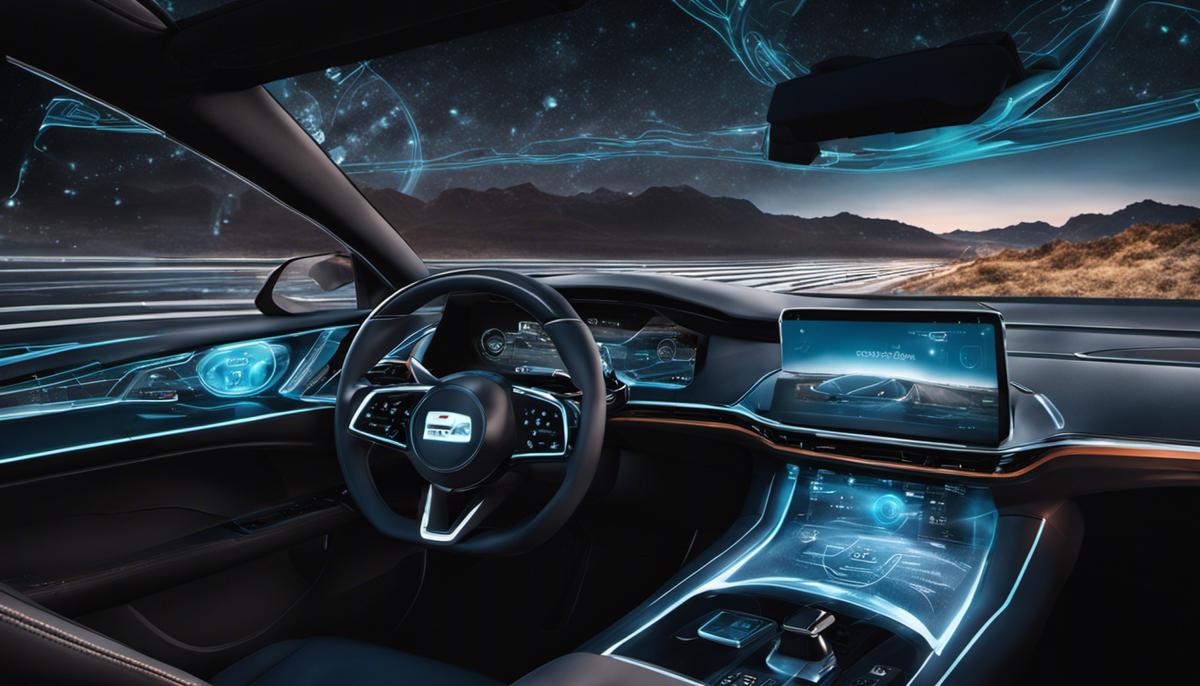
While the digital landscape evolved significantly and the Infotainment systems are now an integral part of our transport experience, it is clear that the implications of touchscreen size on these systems go beyond the simplistic ‘bigger is better’ assumption. As we have explored, the impact of screen size on user interaction, design principles, attention and safety, and future implications needs a balanced approach. There is an obvious need for careful contemplation on the actual size of these systems while retaining the focus on user-friendly navigation, safety, and an optimal interaction experience. As technology forges ahead, it beckons a future where perhaps an innovative approach to the Infotainment system design could usher in a new era where size is more than just a physical measurement, but a scalable, adaptable component in harmony with user needs and safety.
